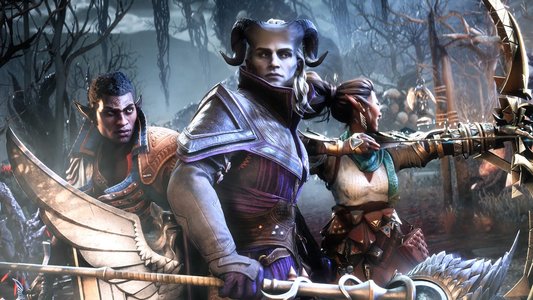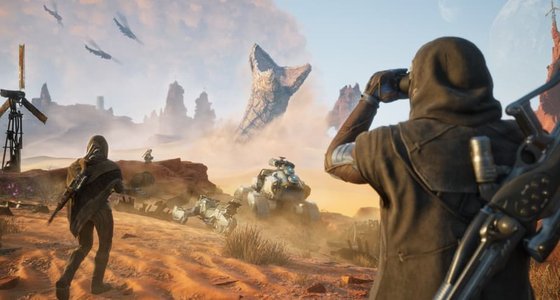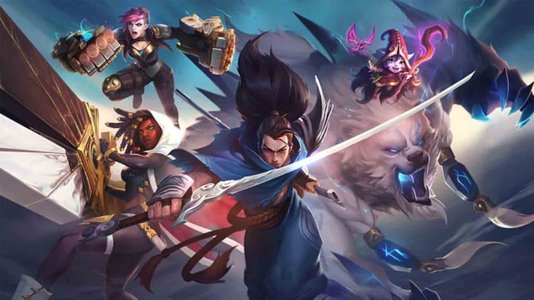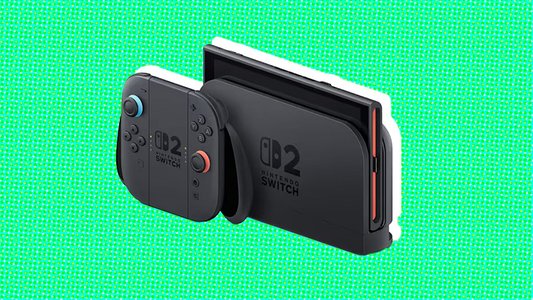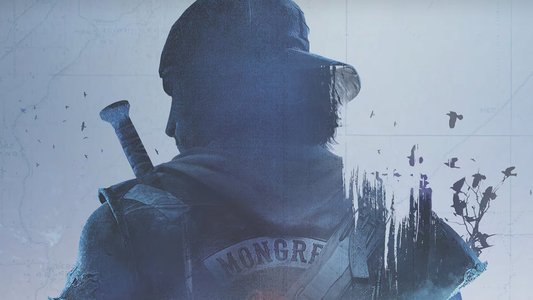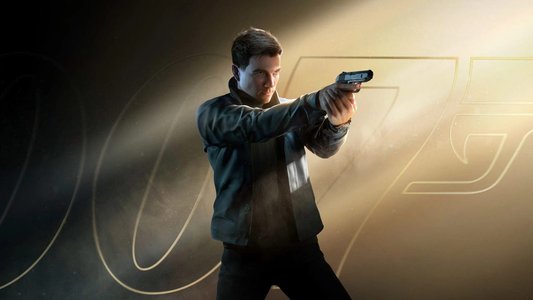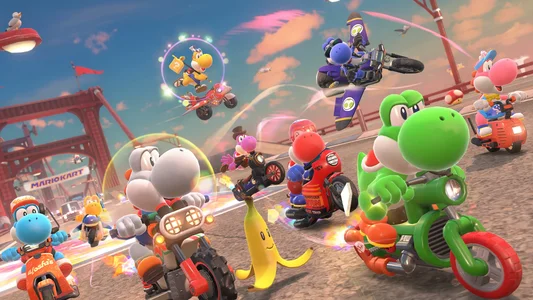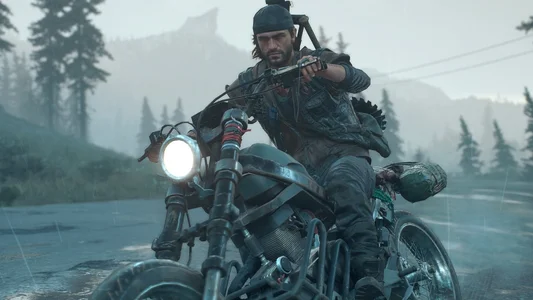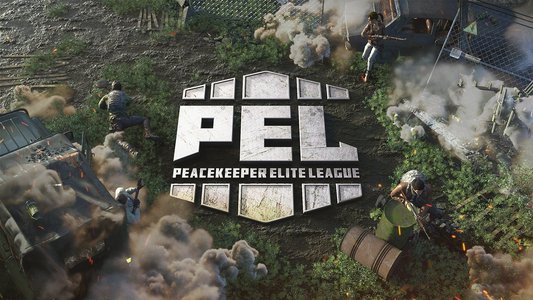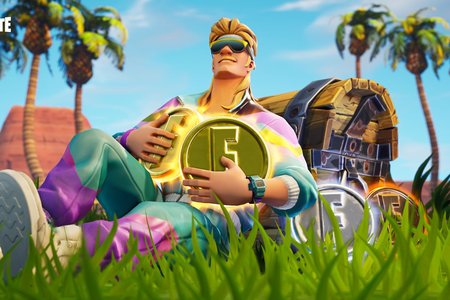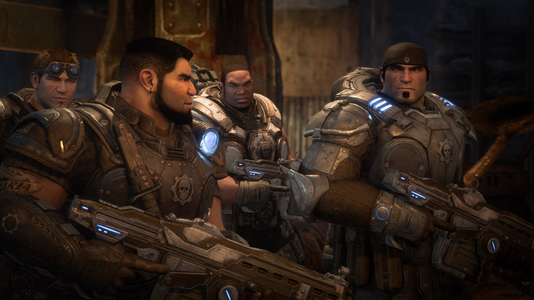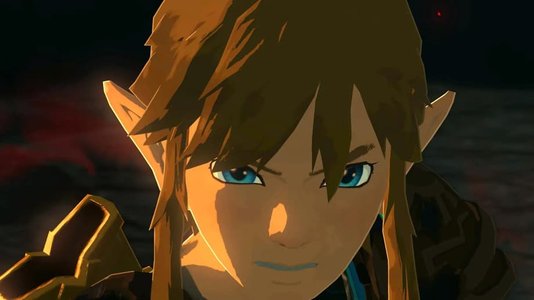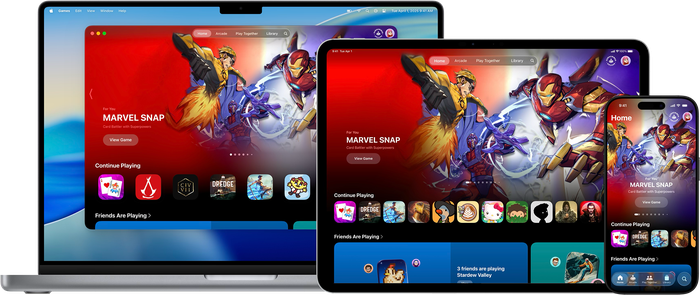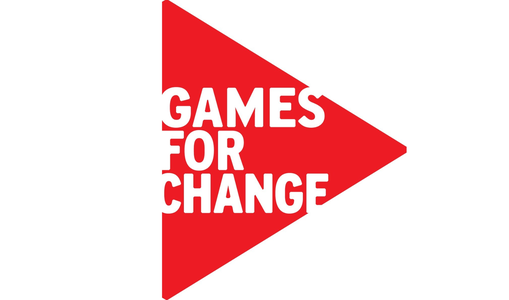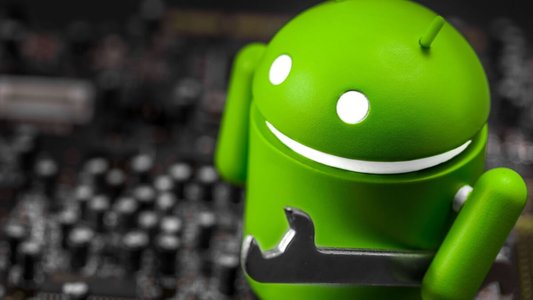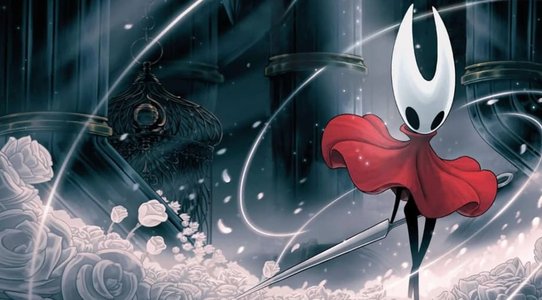Last year German developer Mimimi Productions made a splash with Shadow Tactics: Blades of the Shogun, a real-time tactical stealth game deeply inspired by older works like Desperados and the Commandos games.
Shadow Tactics sported an intriguing design (check out this deep dive into its dynamic detection mechanic) and became something of a standout success for Mimimi -- though the company almost went out of business shipping it. Read more about how that happened (and what lessons were learned from the experience) in this frank postmortem of the game, written by Mimimi cofounders Johannes Roth and Dominik Abé.
Nearly a year ago, Mimimi wasn’t known to many people. Our previous game, the 3D action adventure The Last Tinker: City of Colors, did okay, but never reached a significant audience.
By end of December 2016, our biggest dreams came true: Shadow Tactics: Blades of the Shogun, our love-letter to Commandos and Desperados was finally released and loved by both players and press.
At the same time, we were nearly bankrupt and had already signed terminations for most of the team. There wasn’t any money left to survive for another month.
In this postmortem, the two founders of Mimimi Dominik Abé (Creative Director) and Johannes Roth (Managing Director) will dive into what went right and what went (awfully) wrong.
 Making games and crying about it since 2011.
Making games and crying about it since 2011.
What Went Right
1) Going all in, achieving great quality
Roth: Shadow Tactics was released on December 6th, 2016 – the day before the German Developer Awards, where we won in as many as four categories, including “Best German Game” and “Best Studio”. Roughly at the same time, the first reviews came in. Scores and verdicts exceeded our wildest dreams: an 86 rating from GameStar, 92 points from PC Gamer, even Rock Paper Shotgun and Kotaku praised us. Streamers and Let’s Players recorded hundreds of hours of gameplay. That month alone we sold over 60,000 units, double my highest estimates. On Steam, we are currently at 98% positive reviews, which feels absolutely surreal.

The whole team, including all contributing interns and freelancers, winning awards at the German Developer Award 2016 (picture by Jennifer Pitton / www.expo-motion.com).
The year before, in December 2015, we couldn't possibly predict such a result after developing for only twelve months and just hitting the Alpha milestone. Alongside creating all content, we had been continuously working on our vertical slice – the level that would later become mission five “Killing Lord Yabu” and had always been as polished as possible, serving as a quality reference for the rest of the game.
When hitting the Alpha milestone we had realized that the vertical slice was actually much more beautiful than we had pictured the game in the beginning – and therefore also more time consuming to create. We simply learned a lot in these first twelve months, be it about our tools, about the game itself, or about how the graphics make their best impression.
Internally recorded gameplay footage, original pitch
Internally recorded gameplay footage, vertical slice after 21 months
We realized that it was not an option to go back to the pitched graphics, but that applying the new level of quality to the whole game obviously wasn’t part of our original schedule. At this point, we started investing all our company’s financial reserves into the project to extend the production timeline by three months. Daedalic Entertainment, our publisher, was able to extend the timeline, allowed us to cancel all planned DLC-levels, and fund another, fourth, month. As a side-note, Daedalic’s background as a well-known developer (e.g. for the Deponia series) helped a lot in that situation, because they’ve faced similar issues many times before. Adjusting the schedule not only meant improving the visuals but also heavily improving the liveliness of every level.
Back then, when we made the decision to finish the game in the best way possible – both internally and with Daedalic completely unanimously – , I told the team very clearly that we would have to go “all in”. In case of failure, it would have been “Game Over” for Mimimi. Still, there was no other way for us, being driven by passion and such. And while that investment paid off greatly, including scoring the highest Metacritic score for a German game since 2011’s Crysis 2, it also took a great toll on the whole team and is something we never want to experience again. More on that in the, you guessed it, “what went wrong” section of this post mortem.
2) Reviving a dead genre
Abé: Remaking an all time favourite game is certainly a dream of any game developer. Back in 2008, when I started my game design studies, I talked to Moritz Wagner (now Lead Game Designer at Mimimi) in the hallway about Commandos being one of my favourite game franchises (the other one is Little Big Adventure; I’m ready to take the contract). Moritz did some cool rap music videos where he was dressed like a ninja at that time, so naturally the picture of a ninja doing Commandos-like gameplay popped into my head. I told this to Moritz and we joked: “Haha, one day when we are big and successful we will make this game”. But it came out not being a joke. In 2014 we pitched the idea of “Commandos with Ninjas” to Daedalic and soon signed a publishing contract. Now we had the real chance to the revive the presumed dead real time tactics genre.
In the following I want to explain why I think we succeeded:
I’m a huge fan of the genre. As a fan and designer, I craved a spiritual successor to those games: the feeling of being in a strangely realistic place breathing with life; sneaking among countless enemies and taking them out one by one with the most clever plans, the most hair-raising moves or sometimes through sheer luck and fast reflexes. I was fairly confident about being able to deliver a game that other fans would love and often during production I would have a gut feeling whether a feature would fit the game or not. Of course that never meant I was ultimately right. Communicating those feelings to other team members and translating them into game design decisions could often be a difficult and time consuming process. But all in all, knowing exactly what the game should feel like in reference to its spiritual predecessors helped a lot compared to developing something completely from scratch. It should also be noted that Daedalic, while regularly giving valuable feedback, never had any creative control over our game – we basically were free to do whatever we wanted.
But enough talk about feelings; let’s look at the analytic side of things. In pre-production we analyzed the evolution of the genre and searched for concepts that are still unique today. We often compared the Commandos series entry title Commandos: Behind Enemy Lines with its own successor Commandos 2: Men of Courage, the most critically acclaimed representative of the genre.

Pyro Studios' 2001 game Commandos 2: Men of Courage
Both are stealth-oriented real-time tactical games staged in WW2 where you control a group of highly specialized soldiers taking on sabotage missions in enemy territory. Commandos: Behind Enemy Lines introduced us to to a cast of playable characters with very diverse skillsets that depend on each other and forced the player to combine their different powers. It feels a bit like chess, a game that has a very limited set of actions and strict rules but leads to countless emergent possibilities for play. Later, Commandos 2 had a more realistic and open approach and gave the player way more skills and possibilities. It removed artificial restrictions like for example only a certain character being able to use a specific weapon and added possibilities like looting enemy gear etc. So with Commandos 2 also being the impartially better game based on user and press reviews, it seemed obvious to take it as the main inspiration for a spiritual successor; but we didn’t.
For us, Commandos 2 watered down some of the series' uniqueness established with its first entry. Advancing it from a chess like game to a more realistic simulation, more complexity had been added. For example, by putting way more actions at the player's disposal they eventually made the game harder to grasp. This was not the way we wanted to create more depth in gameplay. In consequence, we defined our design pillar “Creating depth without adding complexity” which we aimed to uphold for all aspects of our game design. The “realistic” approach taken in Commandos 2 also made all player characters a bit too powerful, eventually harming the unique team play aspect created before by restricting realism in favour of gameplay balance.
Let’s have a look at an example that made it possible for players to even abuse the newly introduced systems: The Diver from Commandos 2 has a very powerful knife throwing skill which is balanced by having to retrieve the knife after throwing. The Green Beret also has a knife which he cannot throw however. Due to the inventory system introduced you were now able to transfer the Green Beret’s knife to the The Diver, making him an overpowered dual knife throwing killing machine while the otherwise mighty Green Beret is more or less downgraded to a bystander.
In Shadow Tactics we focused again on a limited, distinct feature-set per character with no “transfer options” and designed them in a way that every character skill was strong in combination with skills of other teammates but also quite effective on its own. All in all, focusing on the debut title of the genre and evolving it in a different direction than its successors helped us revive the genre in a way that feels unique and fresh today.
3) Creating a new IP in an old genre
Abé: Reviving a “dead” genre is often linked to reimagining an existing IP. This was, for example, the case with XCOM: Enemy Unknown which brought turn based tactics back on the map in AAA scale. Not having the means, the opportunity nor the rights to do so with the stealth real time tactics genre, we had to invent our own IP. This bears the risks that fans may not like the new title in the same genre because it lacks important things from their beloved game like the setting, the characters, the artstyle, maybe even just that big IP name that gets you all warm and fuzzy inside. We had to deliver something new for all of these.
Regarding the setting, we took the risk and made a drastic change with staging the game in Edo Japan. We were confident in this decision as we felt it was crucial that setting and gameplay align in the best way possible so the players never feel alien in what they are doing. The image of a ninja sneaking around and backstabbing a whole army can be considered to be an even more convincing stealth character than a WW2 soldier; who is more likely pictured shooting. Because the stealth ninja stereotype is so strong, we were convinced from the beginning that this was the perfect match for the genre.
With our chosen art style of Shadow Tactics we embraced the new setting by referencing Japanese ink drawings. This helped us to create a unique look that is instantly recognizable in each and every screenshot you may come across. This is something we are always aiming for when developing a new art style which is easier to achieve with more stylized than photorealistic graphics. Whether doing so for this genre was the right decision will be further discussed under What went wrong: Art Style versus Genre.
So with everything aligning to the new setting and ninjas, why would the game be called Shadow Tactics with only a light reference to the setting in its subtitle Blades of the Shogun – we don’t even have “Ninja” in the title. Truth is we and Daedalic wanted to think big and create an IP that allows for more than one setting. This is something very common nowadays in larger productions e.g. Assassin's Creed, Total War etc. For a small studio this is a bit more risky because it often means your game title is more generic. But we love the idea of exploring different settings, and we now have an IP that lets us do that. So if we ever get the chance to make “Shadow Tactics: Legions of Rome”, that’s one less thing to worry about.
4) Bringing the genre to consoles
Abé: From the beginning it has been an important part of our plan to bring the genre to consoles. This had been tried only once before with Commandos 2; more or less successfully with porting mouse and keyboard controls rather directly. We were quite confident in delivering a better overall experience on modern consoles but from a design perspective we still saw our biggest challenge in getting gamepad controls right. The other big challenge had been performance on consoles.
Right from the beginning, we knew we had to develop the controls for PC and consoles in parallel to have an equally good game on both platforms. At the same time it has always been clear that it wasn’t an option to let our prime platform, PC, suffer from possible limitations due to the gamepad controls. In the process of design and implementation, we became more and more aware that checking features against the gamepad controls helped us figure ou
No tags.










